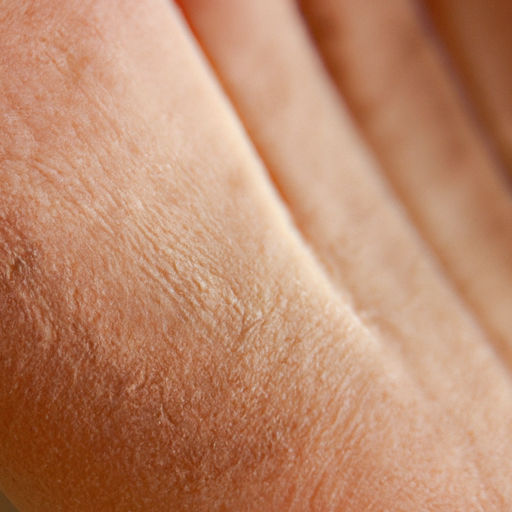As a dermatologist, I am often asked about the best ways to maintain healthy, radiant skin. One of the most effective methods is through regular exfoliation. Exfoliation is a process that removes dead skin cells from the surface of your skin, revealing a fresher, brighter complexion underneath. This article will provide a comprehensive guide to face and body exfoliants and their proper usage.
Exfoliants can be broadly classified into two categories: physical and chemical. Physical exfoliants use small particles, a brush, or a sponge to physically scrub off dead skin cells. Examples include scrubs with microbeads, sugar or salt crystals, and tools like brushes or loofahs. Chemical exfoliants, on the other hand, use acids or enzymes to dissolve dead skin cells. Examples include products with alpha hydroxy acids (AHAs), beta hydroxy acids (BHAs), and enzymes like bromelain and papain.
Physical exfoliants are generally recommended for those with oily or combination skin types as they can help remove excess oil. However, they should be used gently to avoid causing micro-tears in the skin. Over-exfoliation can lead to redness, irritation, and even breakouts. It is best to limit physical exfoliation to once or twice a week.
Chemical exfoliants are suitable for all skin types, but particularly beneficial for those with dry or sensitive skin. AHAs like glycolic and lactic acid are water-soluble and help hydrate the skin while removing dead cells. BHAs like salicylic acid are oil-soluble and can penetrate deeper into the pores, making them ideal for acne-prone skin. Enzyme exfoliants are gentle and suitable for sensitive skin types.
When using chemical exfoliants, it’s important to start slowly. Begin with a low concentration product once a week, and gradually increase frequency as your skin adjusts. Always apply a sunscreen during the day, as exfoliation can make your skin more sensitive to the sun.
For body exfoliation, a physical scrub or brush is typically effective. The skin on our bodies is thicker and less sensitive than our face, so it can handle more vigorous scrubbing. However, areas like the chest and neck are more delicate and should be treated gently.
Regardless of the type of exfoliant you choose, always remember to moisturize after exfoliating. This helps to replenish any moisture lost during the process and keeps your skin hydrated and glowing.
In conclusion, exfoliation is a key step in maintaining radiant, healthy skin. Whether you choose a physical or chemical exfoliant depends on your skin type and personal preference. Remember to always use these products gently and sparingly, and follow up with a good moisturizer. With the right approach, you can unveil your skin’s natural radiance and keep it looking fresh and youthful.



